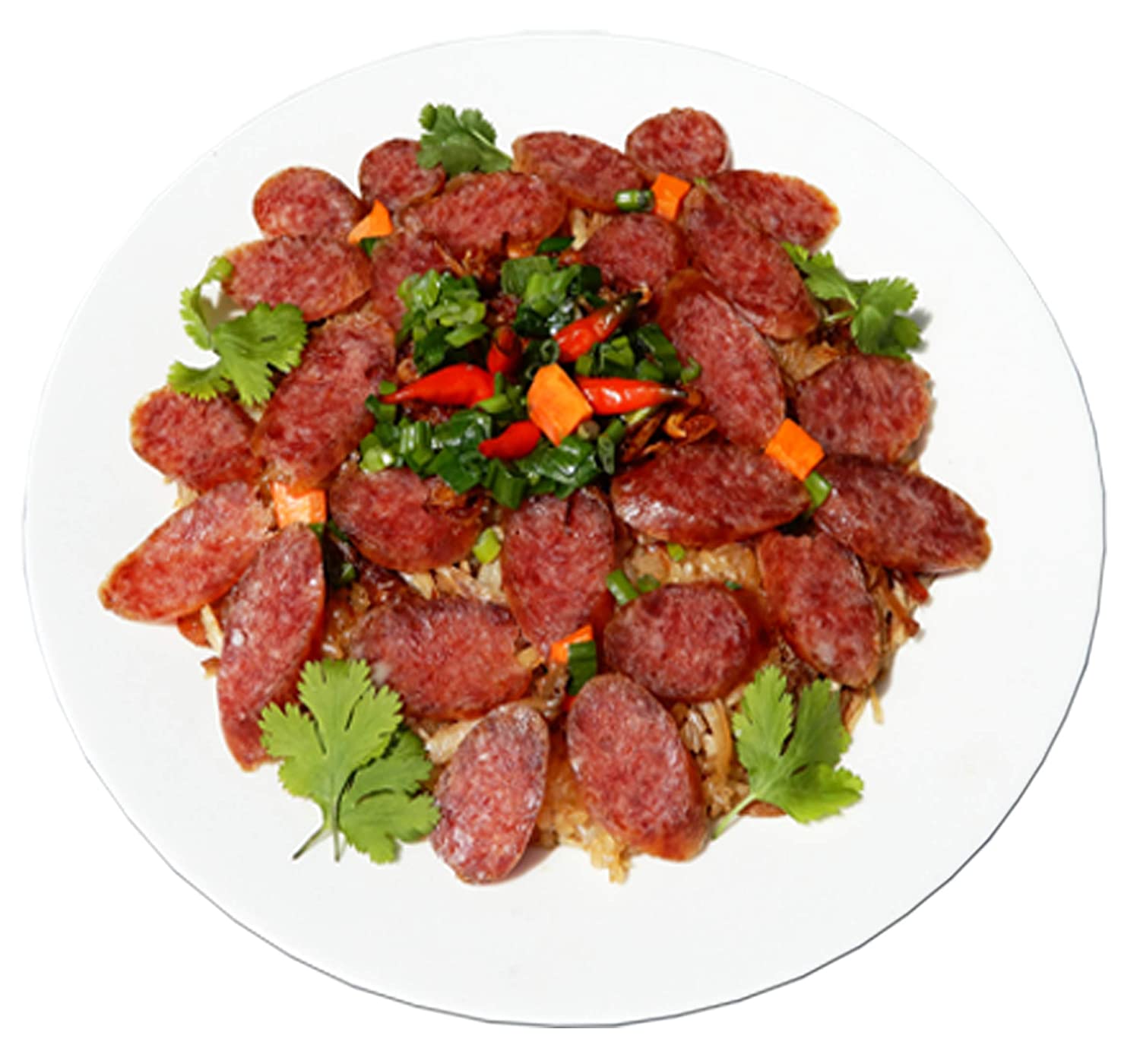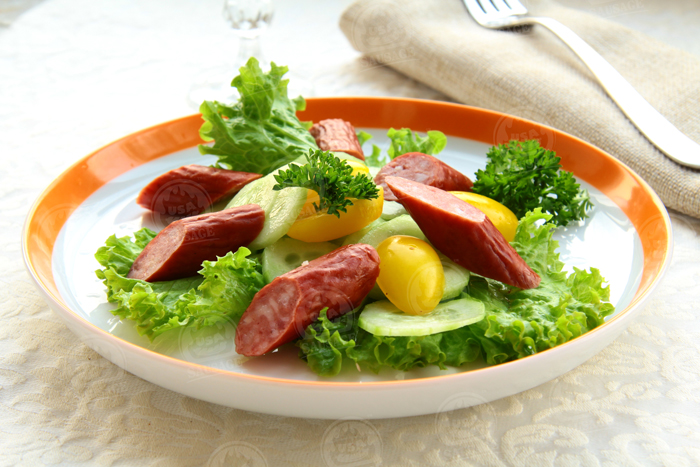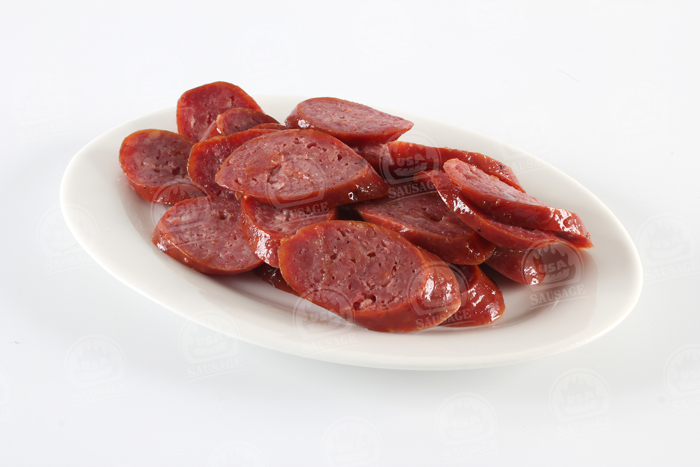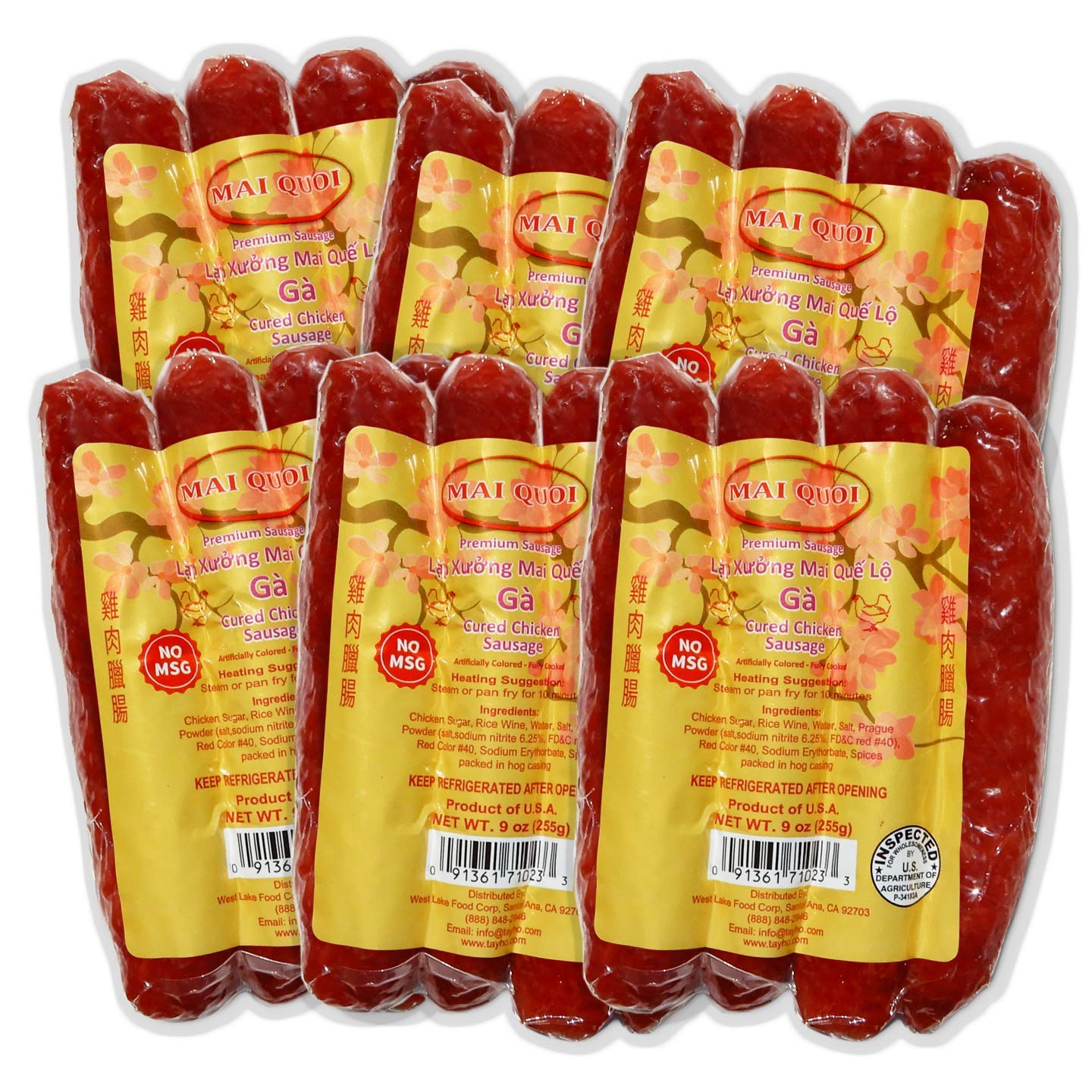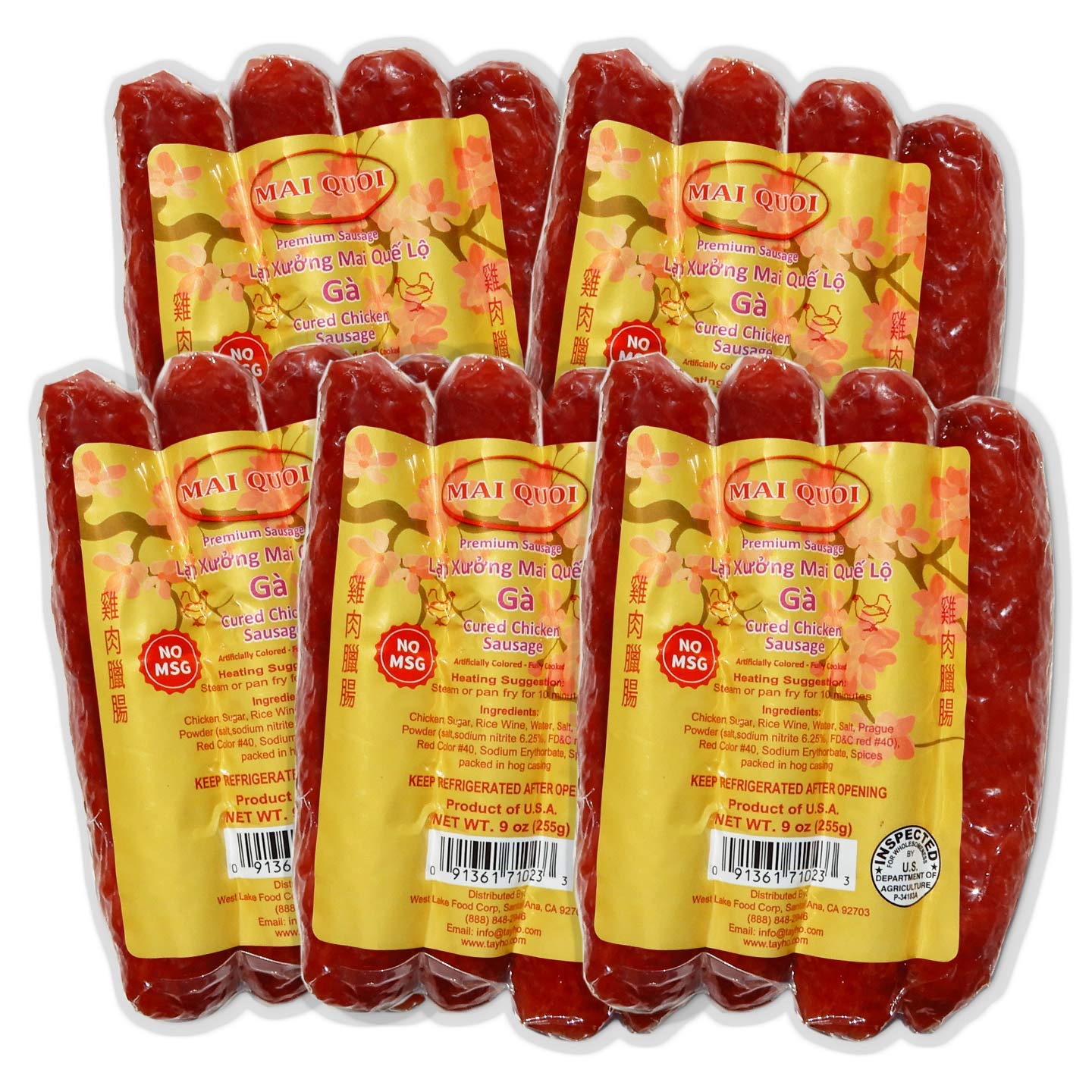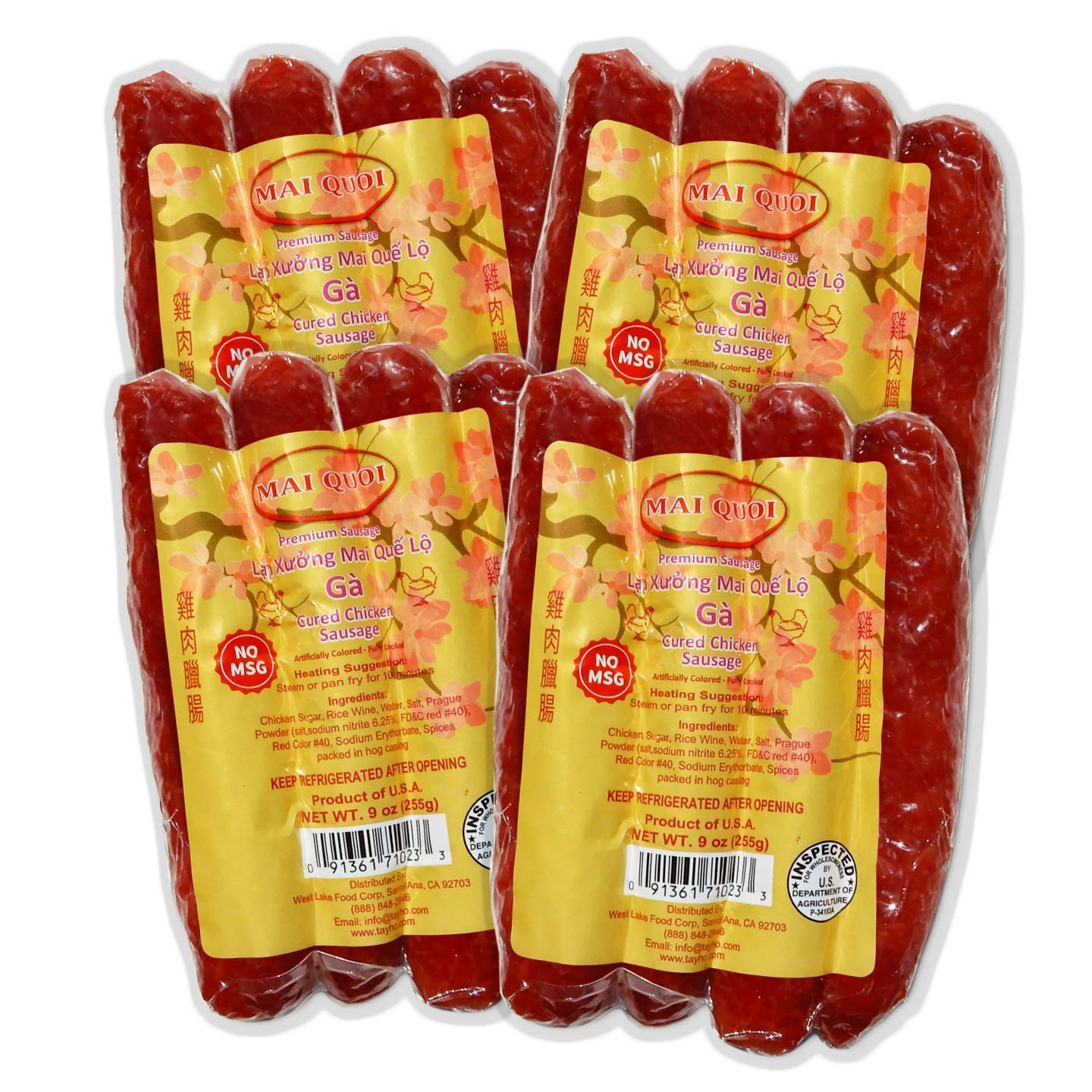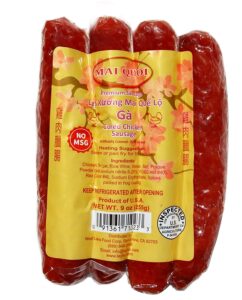Cambodian sausage, or twah ko, is a unique and flavorful delicacy originating from Cambodia. With a rich blend of spices and ingredients, this fermented sausage has captured the hearts and palates of people around the world. In this extended essay, we will explore the history of the Cambodian link, the process of making Cambodian sausage, various methods of cooking and enjoying it, and how to properly store the sausage to maintain its taste and quality.
I. History of Cambodian Sausage
The history of sausage making in Cambodia is believed to date back centuries, with influences from Chinese, Indian, and Malay culinary traditions. As a result, Cambodian cuisine is an amalgamation of these various influences, creating a unique and distinct flavor profile. Twah ko, the Cambodian sausage, is no exception.
Twah ko is a fermented sausage, which means that it relies on the process of fermentation to develop its distinct flavors. In Cambodia, as in many other Southeast Asian countries, fermentation has been a traditional method of preserving food for centuries. The hot and humid climate of the region makes it difficult to store fresh food for extended periods, and fermentation offered a solution to this problem.
II. Making Cambodian Sausage
The process of making Cambodian sausage involves a combination of fresh ingredients, spices, and time. Here is a general overview of the steps to create twah ko:
- Selecting the meat: The primary ingredient in Cambodian sausage is pork. The ideal cut of pork is one with a mix of lean meat and fat, such as pork shoulder or pork belly. The fat helps to maintain the sausage’s juiciness and enhances the overall flavor.
- Grinding and mixing: The meat is coarsely ground and mixed with the other ingredients, which typically include cooked sticky rice, fresh garlic, and a variety of spices such as salt, sugar, and Kampot pepper. The pepper, native to Cambodia, is particularly important, as it gives the sausage its signature heat and depth of flavor. The mixture is then left to ferment for several hours to a few days, depending on the desired level of tanginess.
- Casing: After fermentation, the mixture is stuffed into sausage casings. Natural casings, such as hog or sheep intestines, are traditionally used, but synthetic casings are also an option. The sausages are then tied off into individual links.
- Drying: The sausages are hung to dry in a well-ventilated, cool, and dark place for a period ranging from a few days to a week, depending on the desired level of dryness. The drying process is essential for developing the sausage’s unique texture and flavor.
III. Cooking Cambodian Sausage
There are several ways to cook and enjoy Cambodian sausage:
- Grilling: Grilling is a popular method for cooking twah ko, as it adds a delicious smoky flavor to the sausage. Cook the sausages over medium heat for about 10-15 minutes, turning occasionally to ensure even cooking.
- Pan-frying: Pan-frying is another common method. Heat a small amount of oil in a skillet over medium heat and cook the sausages for about 10-12 minutes, turning occasionally, until they are browned and cooked through.
- Steaming: Steaming is a traditional Cambodian cooking method that preserves the sausage’s natural flavors and juices. Place the sausages in a steamer basket and steam for about 20-25 minutes, or until fully cooked.
- Boiling: Boiling is a simple and straightforward method. Simply place the sausages in a pot of boiling water

